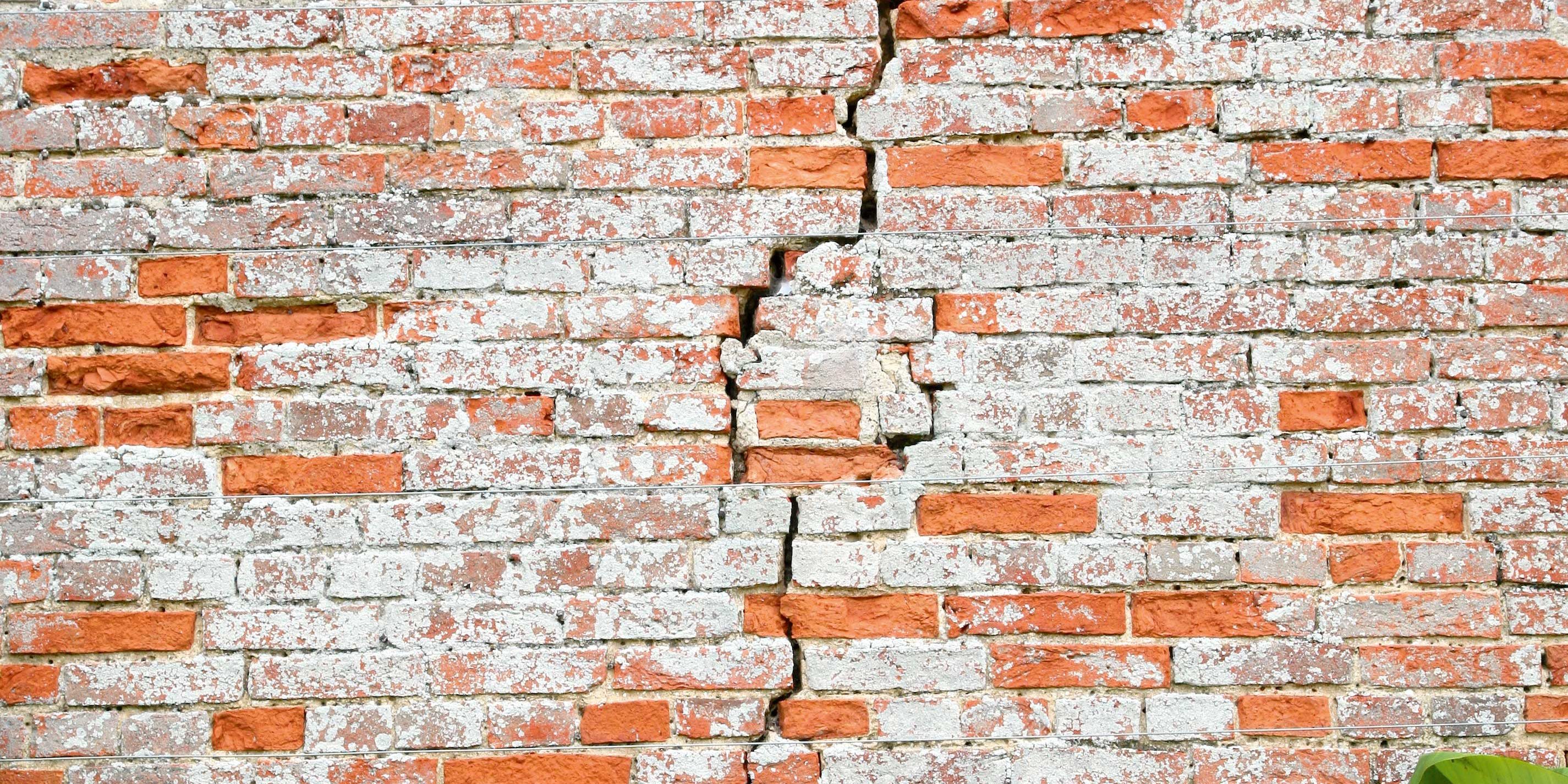Cracking walls can appear in any type of construction in your Northern Territory home but they do not necessarily indicate cause for concern. Cracks in concrete, plaster or drywall are common in both old and new builds. In the case of the latter, the issue may relate to your new home settling. Nevertheless, it helps to know the difference between acceptable cracks and those that merit immediate attention.
Some of the most common causes of cracks appearing in walls include structural settling, soil movement, and changes in humidity levels. Any of these factors or a combination of all may result in cracks appearing in walls and ceilings. Some cracks may require repairs but are not a sign of serious structural problems, whereas others warrant hiring a structural engineer.
Plaster and Drywall
The direction of cracks in plaster and drywall can be very telling. If the cracks are running vertically or horizontally, shrinkage and drying are the usual culprits. Cracks that are less uniform in direction usually indicate structural settling problems. While cracks that take a more unusual direction are more likely to indicate a potential problem, there are other checks you can carry out before contacting a structural engineer.
The width of cracks is the next avenue of investigation you should pursue. Wider cracks present a greater risk of there being structural concerns. A crack that measures less than 1/8-inch in thickness are not typically of concern; although you should keep an eye on these cracks for changes in direction and width. If a crack measures more than a ¼-inch in width you should contact a structural engineer for further advice.
Most of the cracks that homeowners notice are small and located above doors or windows. These cracks typically require nothing more than minor repairs. If you identify long, horizontal cracks running along joints connecting the interior partition wall and upstairs ceiling, always consult with a structural engineer. This type of crack may be evidence of a roof truss problem which needs addressing immediately.
Leaking cracks should always result in seeking professional help. Water infiltration is a serious structural issue that can cause significant damage to your home.
Concrete Wall Cracks
Again, direction plays an important role in determining how serious cracks are in concrete walls. Foundation movement can result in vertical and horizontal cracks forming in concrete structures. You can determine if there is potential settling or heaving issues by checking the width of vertical cracks at the top or bottom. Widening of the crack at either end is enough to justify bringing in a structural engineer. Heaving may also cause stair-step in concrete walls. Additionally, horizontal cracks are a sign of badly designed walls or a build-up of pressure. In either case, these can be serious issues that need addressing.
The same principles concerning width of cracks apply to those found in concrete walls. Cracks measuring less than 1/8-inch are normally the result of stress which isn’t a serious issue. Larger cracks, on the other hand, are usually a sign of structural issues that need professional attention.
When it comes to short and thin cracks around windows, these are not of any concern other than being an eyesore. If, however, you see stair-step cracks originating at the corners of doors or windows, foundational settling or heaving is likely responsible.
It is important to regularly inspect your walls for any existing cracks. If you have any doubt, don’t take any chances with your home, consult with a structural engineer or qualified builder for complete peace of mind.







